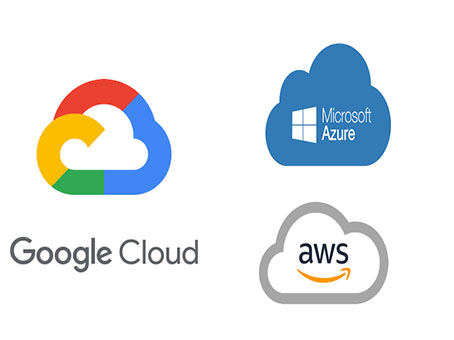
Cloud Migration
Cloud migration involves moving data, applications, and IT processes from on-premises infrastructure to a cloud environment. Here’s a structured overview of the cloud migration process:
Cloud migration
Planning and Assessment:
- Define Objectives: Identify the reasons for migration (cost savings, scalability, performance).
- Assess Current Environment: Analyze existing infrastructure, applications, and workloads.
- Identify Cloud Models: Choose between public, private, or hybrid cloud solutions.
- Risk Assessment: Evaluate potential risks and compliance issues.
Strategy Development:
- Select a Migration Strategy: Choose from approaches like rehosting, replatforming, or refactoring.
- Establish a Migration Plan: Outline steps, timelines, resources, and budget.
- Choose Cloud Providers: Evaluate and select suitable cloud service providers based on needs.
Preparation:
- Create a Cloud Architecture: Design the target architecture in the cloud environment.
- Data Cleanup: Remove obsolete data and optimize existing data for migration.
- Training and Skills Development: Ensure team members are trained on cloud technologies.
Migration Execution:
- Set Up Cloud Environment: Configure cloud infrastructure, including networks, storage, and security.
- Migrate Data: Transfer data using tools or services, ensuring data integrity and security.
- Migrate Applications: Move applications according to the chosen strategy, whether that’s rehosting them as-is or modifying them for cloud compatibility.
Testing and Validation:
- Perform Testing: Validate application functionality, performance, and security in the cloud environment.
- User Acceptance Testing (UAT): Ensure end-users can access and use the applications as intended.
Cutover and Go-Live:
- Final Data Sync: Ensure all data is current before the final switch.
- Go-Live: Switch to the new cloud environment, making it operational for end-users.
- Monitor Performance: Closely monitor the system for any issues after go-live.
Post-Migration:
- Optimization: Fine-tune performance, costs, and security settings.
- Documentation: Update documentation to reflect the new cloud setup.
- Continuous Monitoring: Implement tools for ongoing performance and security monitoring.
- Feedback and Improvement: Gather feedback from users and stakeholders for future enhancements.
Best Practices:
- Involve Stakeholders: Engage all relevant parties early in the process for smooth collaboration.
- Data Security: Prioritize data security throughout the migration process.
- Incremental Migration: Consider phased migration to minimize risk and disruption.
- Backup Solutions: Always have a backup and recovery plan in case of issues during migration.
By following these steps, organizations can effectively migrate to the cloud while minimizing disruptions and maximizing benefits.
24x7 Online Expert Support
